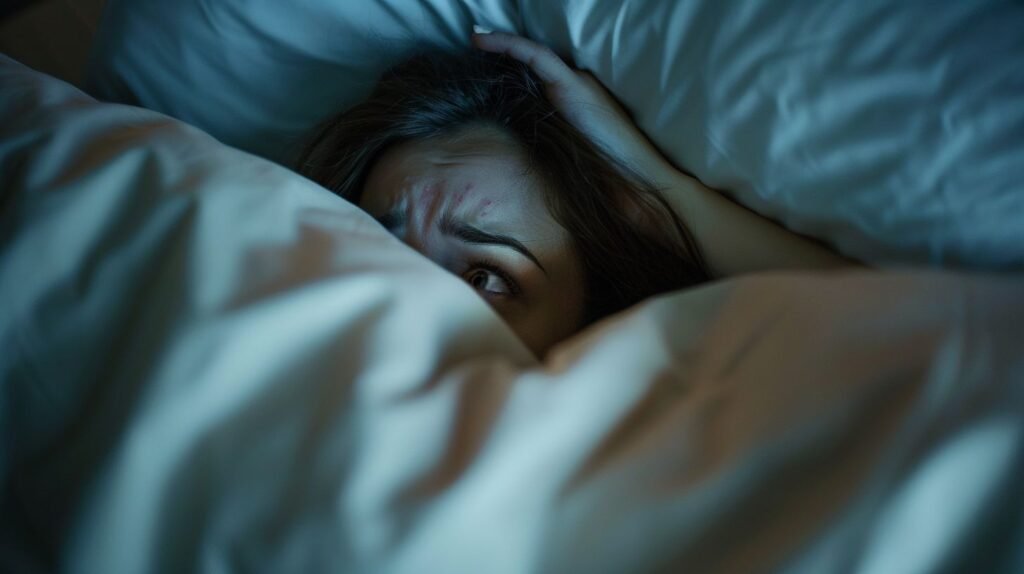Dreams can be downright creepy. They take us on strange, sometimes terrifying adventures. But what lurks behind these nocturnal mysteries? Let’s explore some terrifying facts about dreams that might just keep you up at night.
Lucid Dreaming and Sleep Paralysis
Imagine being fully aware in your dream, controlling the storyline. Sounds cool, right? But beware, lucid dreaming can lead to sleep paralysis. This spine-chilling state traps you between sleep and wakefulness, leaving you frozen and often haunted by nightmarish hallucinations.
Recurring Nightmares
Those repetitive, haunting nightmares? They might be echoes of unresolved trauma or stress. Your mind uses these recurring dreams to confront buried emotions, trying to make sense of the chaos within.
Don’t miss the 10 Bizarre and Creepy Facts about Sleep
Vivid Dreams
Ever felt like you were living your dream? The brain crafts incredibly detailed, lifelike scenarios that can feel astonishingly real. It’s a wild ride until you wake up, realizing it was all in your head.
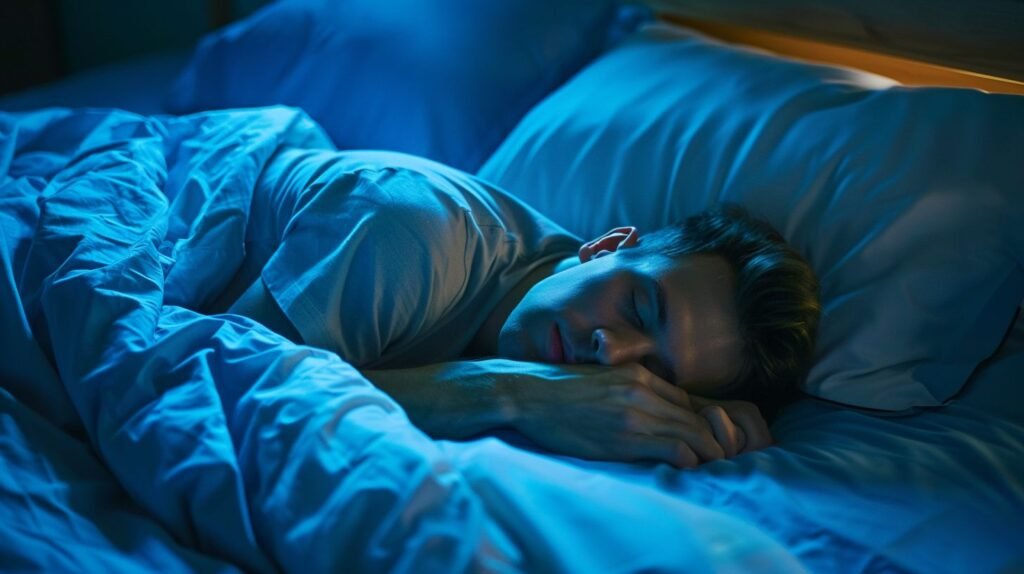
Sleepwalking
Sleepwalking, or somnambulism, happens during REM sleep. It’s bizarre and alarming, as sleepwalkers perform complex actions while sound asleep. Witnessing it can be just as unnerving as experiencing it.
A Symptom of Sleep Disorders
Did you know frequent nightmares can indicate sleep disorders like sleep apnea or insomnia? These conditions disrupt your sleep cycle, intensifying and increasing the frequency of nightmares.
Night Terrors
Night terrors, unlike regular nightmares, occur during deep sleep. They’re episodes of intense fear, leaving no memory upon waking. The terror felt during these episodes is profoundly real, even if forgotten.
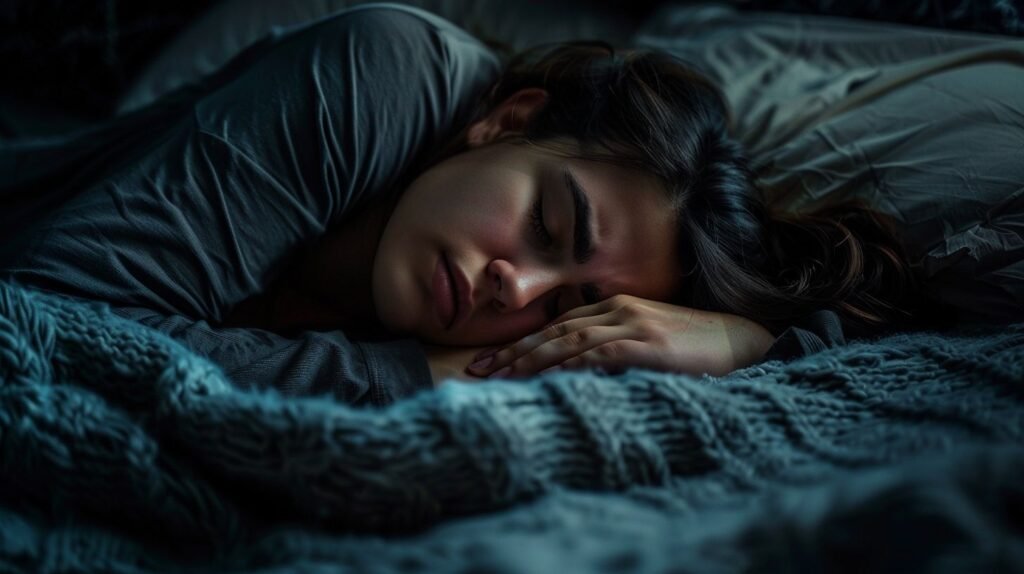
Prophetic Dreams
Some people claim their dreams predict future events. This phenomenon remains a mystery, adding an enigmatic twist to our understanding of dreams.
External Stimuli
Sounds, smells, and temperature can creep into your dreams, twisting them into bizarre and unnerving narratives. This phenomenon, known as the incorporation of external stimuli, can turn ordinary nights into truly unsettling experiences.
Sleep Disorders and Nightmares
Conditions like PTSD, narcolepsy, and restless leg syndrome disturb sleep cycles, increasing nightmare frequency. Addressing these conditions can help reduce the prevalence of frightening dreams.
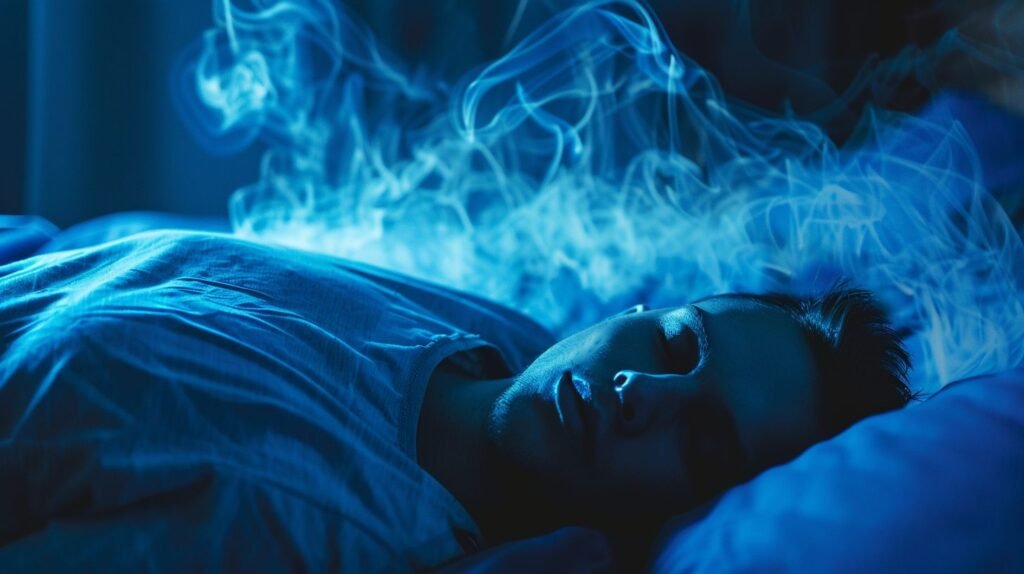
Unresolved Emotions
Emotions like grief, anger, or guilt manifest in dreams as symbolic scenarios. These dreams provide a safe space for emotional processing and healing.
Hallucinations
Did you know sleep paralysis often comes with hallucinations, adding to the terror? Shadowy figures, strange noises, or the feeling of being watched make this experience profoundly unsettling.
Dietary Influence
What you eat, especially before bed, can haunt your dreams. Spicy foods or sugary treats can summon vivid, unsettling dreams, adding a sinister twist to your night’s sleep.
Artistic Inspiration
Throughout history, artists have drawn inspiration from their dreams. The surreal, fantastical nature of dreams sparks creativity, offering unique perspectives for artistic endeavors.
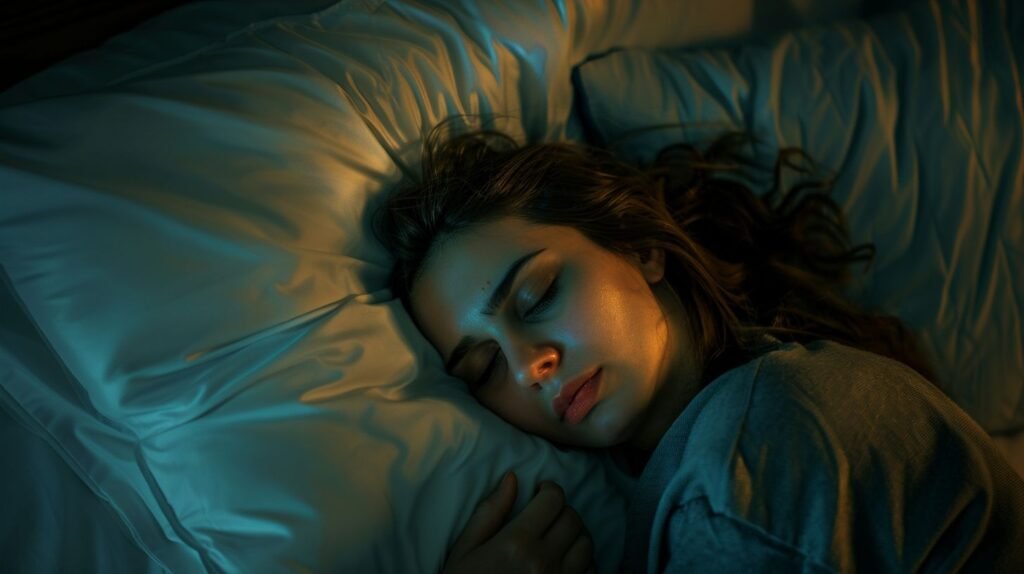
Nightmare Triggers
Heightened stress or anxiety often lead to more frequent and intense nightmares. Your subconscious mind uses these dreams to process and release pent-up emotions.
Dreams Across Societies
Dreams hold significant cultural and symbolic meanings. Different societies interpret dreams in various ways, reflecting their unique beliefs and values.
Have you ever felt like your life looks like a horror flick? Here are the 10 Signs that you’re Living in a Horror Movie Scenario.
Emotional Impact
Dreams evoke strong emotions, from intense fear to overwhelming joy. These feelings can linger upon waking, leaving a lasting impression.
Bending Reality
Dreams can warp your sense of time. Ever felt like you spent hours in a dream, only to find it lasted minutes? This time distortion adds another layer of intrigue to our dream experiences.
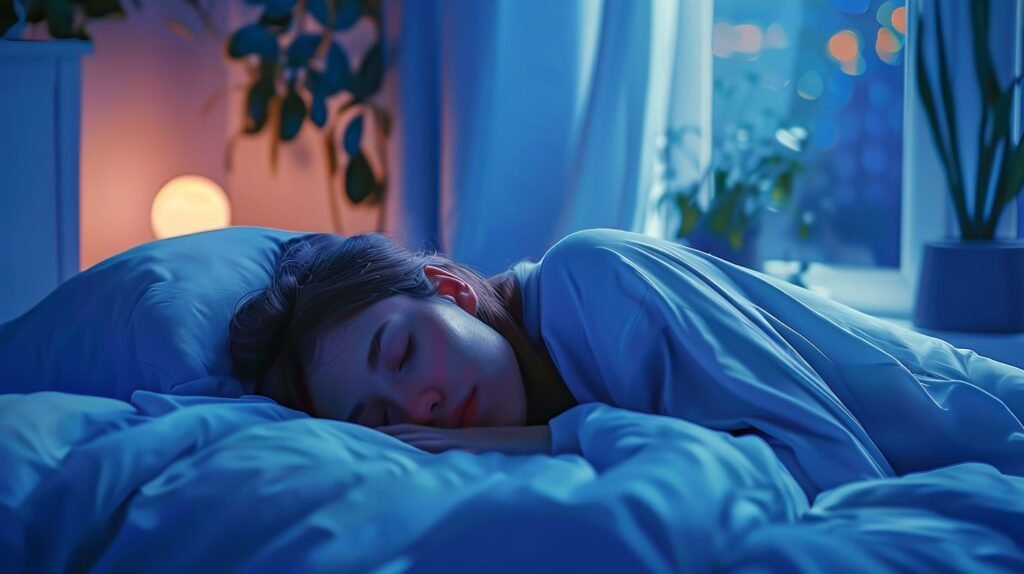
Paralyzed During Dreams
During REM sleep, where most dreaming occurs, your brain activates while your muscles relax. This muscle immobilization prevents you from acting out your dreams, but it also means you’re paralyzed while dreaming.
Women and Nightmares
Studies show women experience more nightmares than men. Jennie Parker’s research found that women reported nightmares more frequently, reflecting deeper emotional processing during sleep.
Victims in Dreams
Both men and women often find themselves as victims rather than aggressors in their dreams. They face attackers, usually unknown men or animals, highlighting a shared vulnerability in the dream world.
Women’s Dreams
Women’s dreams are more emotionally intense, often involving traumatic events like losing a loved one. These dreams mirror the emotional depth women experience.
Fleeting Memories
Within 10 minutes of waking, you forget 90 percent of your dreams. This rapid forgetting stems from the brain’s complex memory processes, influenced by the absence of certain hormones.
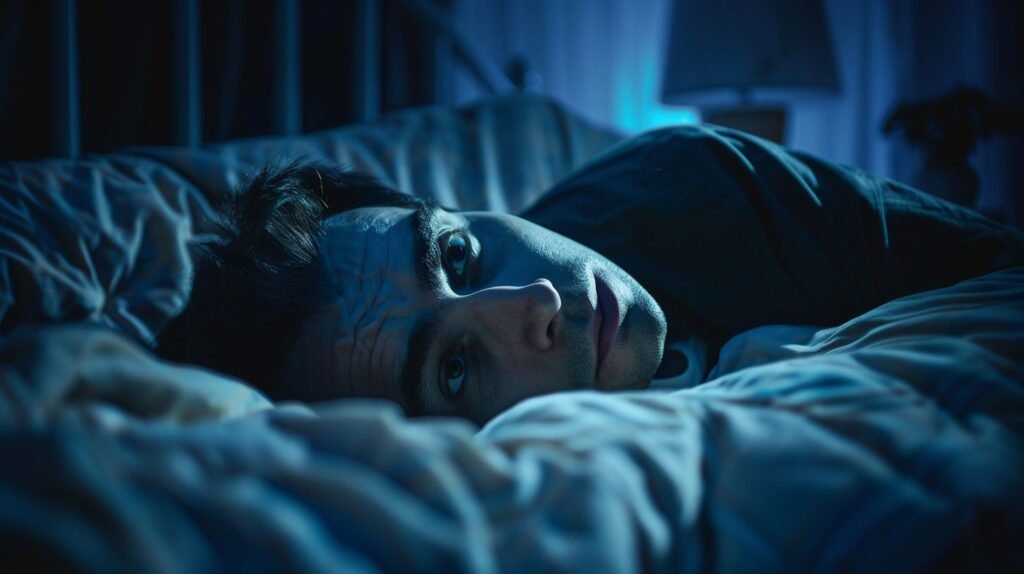
Negative Dreams
Sadly, dreams are mostly negative. Anxiety and other negative emotions are common in dreams, reflecting our daily stresses and worries.
Sleep Eating Disorder
Sleep eating, though less common than sleepwalking, is real. Known as SRED, it involves involuntary eating during sleep, sometimes with no memory of the event.
Peak Sleep
The best sleep occurs between ages eight to ten. After that, sleep quality declines, with profound effects as we age. Children wake less often from REM with dream recall compared to adults.
Black and White Dreams
A 2008 study found that older people, who grew up with black-and-white TV, often dream in black and white. About 12 percent of people still experience colorless dreams. This phenomenon might change with modern technology.
What’s more creepy; A Bizarre Nightmare or a Haunted Doll? Check out these Haunted Objects That Found Their Way Into Human Hands.

